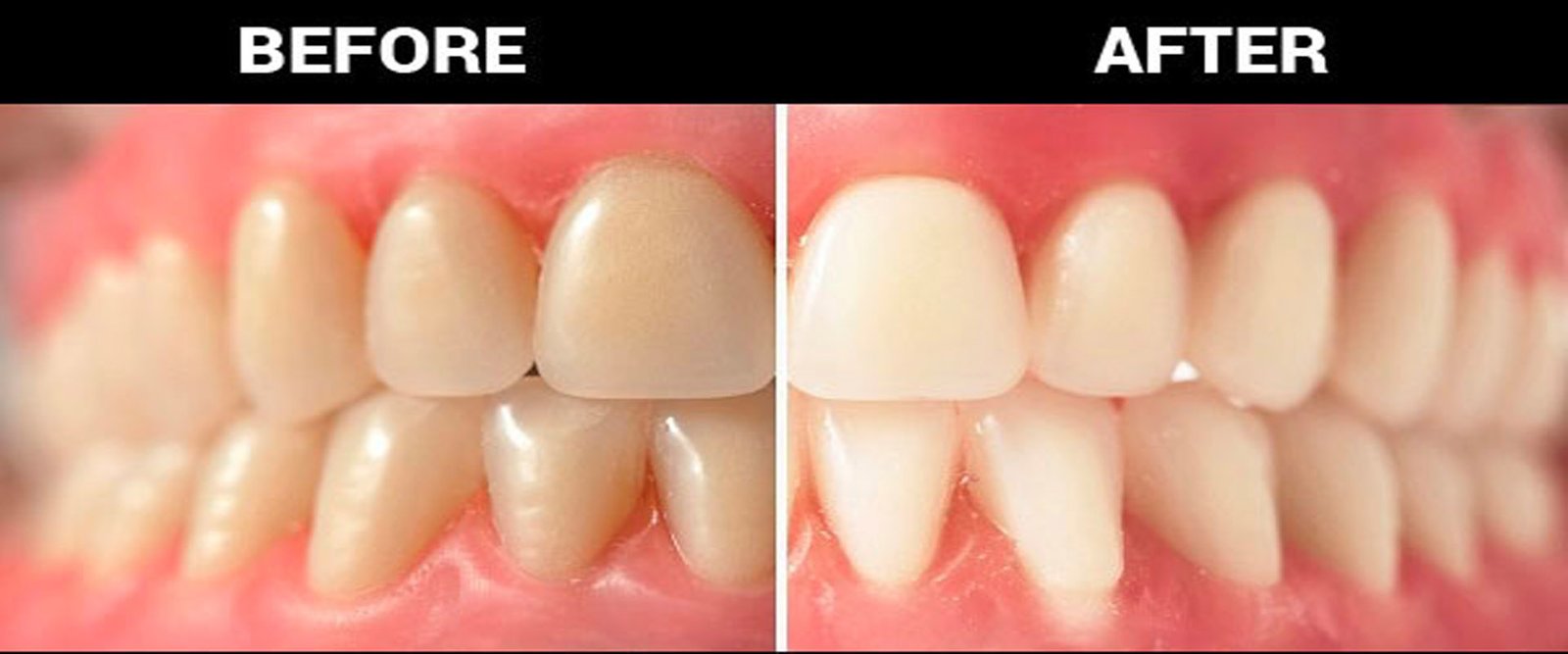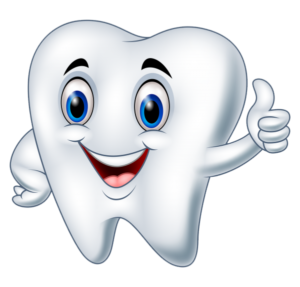
Teeth Whitening
Teeth whitening is a popular cosmetic dental procedure designed to lighten the color of your teeth, removing stains and discoloration. This treatment can significantly enhance the appearance of your smile, boosting your confidence and making you look more youthful.
Why Teeth Whitening?
Over time, teeth can become stained or discolored due to various factors, including:
- Food and Drinks: Coffee, tea, red wine, and certain fruits and vegetables can stain teeth.
- Tobacco Use: Smoking or chewing tobacco can cause teeth to become yellowed.
- Poor Oral Hygiene: Inadequate brushing and flossing can lead to plaque buildup and staining.
- Medications: Certain medications, such as antibiotics, can cause tooth discoloration.
- Aging: As you age, the outer enamel layer of your teeth wears away, revealing the yellowish dentin beneath.
Types of Teeth Whitening
In-Office Teeth Whitening:
- Procedure: Performed by a dental professional, this method uses a high-concentration bleaching agent applied directly to the teeth. Often, a special light or laser is used to enhance the whitening process.
- Benefits: Quick and effective, typically providing noticeable results in one visit.
At-Home Teeth Whitening:
- Custom Trays: A dental professional provides custom-made trays filled with a lower concentration bleaching gel. These trays are worn for a specified period each day over several weeks.
- Whitening Strips and Gels: Over-the-counter products that contain a peroxide-based bleaching agent. These are applied to the teeth following the manufacturer’s instructions.
- Whitening Toothpaste: Contains mild abrasives and chemical agents that help remove surface stains over time.
The Teeth Whitening Process
Consultation and Examination:
- The process begins with a consultation where the dentist examines your teeth and gums to ensure they are healthy and suitable for whitening. Any cavities or gum disease should be treated before whitening.
Choosing the Whitening Method:
- Based on the examination and your preferences, the dentist will recommend the most appropriate whitening method.
In-Office Whitening Procedure:
- The dentist protects your gums and applies the bleaching agent to your teeth. A special light or laser may be used to enhance the effect. The procedure usually takes about 60-90 minutes.
At-Home Whitening Procedure:
- Custom trays are made, and you are given instructions on how to use them with the bleaching gel at home. Typically, the trays are worn for a few hours each day or overnight for several weeks.
Benefits of Teeth Whitening
- Improved Appearance: Achieves a brighter, more attractive smile.
- Boosted Confidence: Enhances self-esteem and confidence in social and professional settings.
- Non-Invasive: A simple and painless procedure.
- Quick Results: In-office treatments provide immediate results, while at-home options offer gradual improvement.
Aftercare and Maintenance
To maintain the results of teeth whitening, consider the following:
- Good Oral Hygiene: Brush and floss regularly to keep your teeth clean and free of stains.
- Avoid Staining Substances: Limit consumption of coffee, tea, red wine, and tobacco.
- Regular Dental Check-Ups: Visit your dentist regularly for cleanings and check-ups.
- Touch-Up Treatments: Periodic touch-up treatments can help maintain the whiteness of your teeth.
Potential Side Effects
- Tooth Sensitivity: Some people experience temporary tooth sensitivity following whitening treatments.
- Gum Irritation: The bleaching agent can cause temporary irritation to the gums.
These side effects are usually mild and subside shortly after treatment.
Contact Us
For more information about teeth whitening or to schedule a consultation, please contact our office. Our experienced dental team is dedicated to helping you achieve a brighter, more confident smile through safe and effective whitening treatments.



